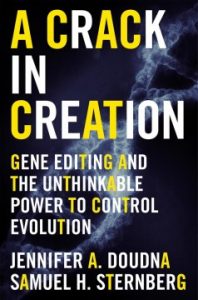Women in STEM
Book collection at Rodgers Library for Science & Engineering: With a Concentration on Women in STEM (Science, Technology, Engineering, and Mathematics). And to support WISE (Women in STEM Experience) on UA campus.
Have a look at the latest additions of books to UA Libraries collection that we think you’ll enjoy, or have a browse to find something you like.
Suggestions for some fun read this summer – General science reading along with WISE focused books.
Headstrong: 52 women who changed science – and the world,
TheDiscovery of Jeanne Baret : A Story of Science, the High Seas, and the First Woman to Circumnavigate the Globe.
Broad Band: The Untold Story of the Women Who Made the Internet
Eyes on the street : the life of Jane Jacobs
Lab girl
The Manga Guides is a series of educational Japanese Manga books. Each volume explains a particular subject in STEM areas. https://bit.ly/2JGS95i
A crack in the Creation : Gene Editing and the Unthinkable Power to Control Evolution
Jennifer Doudna, professor and co-inventor of CRISPR-Cas9 gene editing – In her own words about how her interest in science deepened – “ thanks to a chemistry teacher, Miss Wong, who “taught us kids that science was about solving puzzles — it was about asking questions and figuring out how to answer them.” http://update.lib.berkeley.edu/2017/11/15/doudna/
For more books check out UA Libraries.




